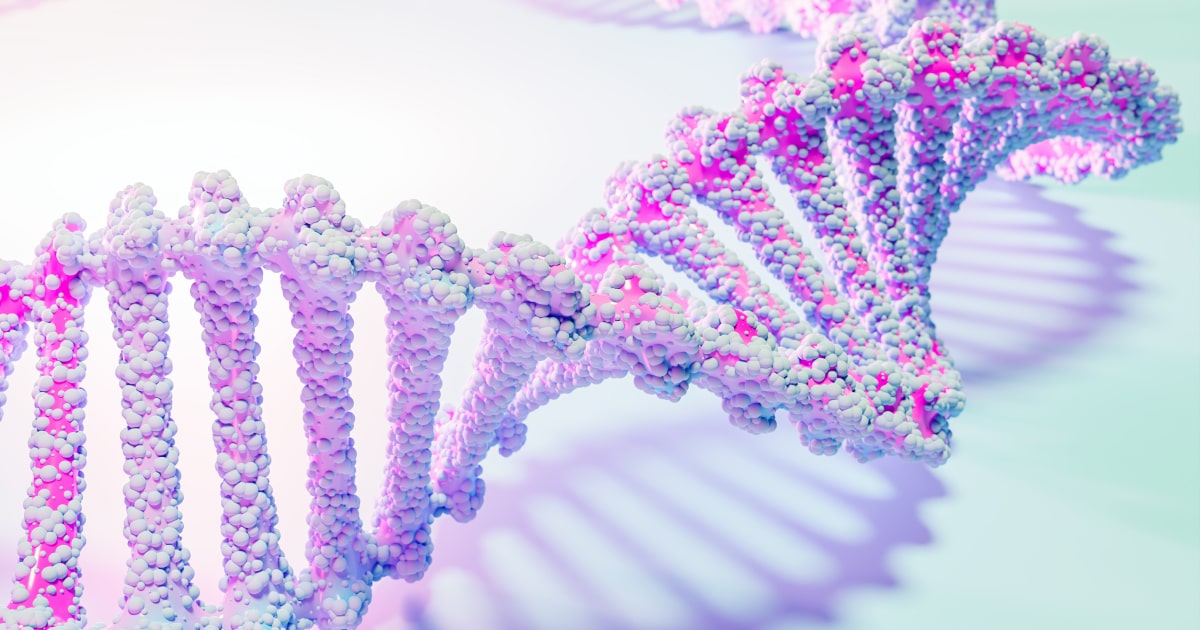
Expert Reviewed By: Dr. Brandon Colby MD
Fabry disease is a rare, inherited condition that affects multiple organs in the body. It is caused by mutations in the GLA gene, which leads to a deficiency of the enzyme alpha-galactosidase A. This enzyme is responsible for breaking down a fatty substance called globotriaosylceramide (Gb3) in the body. When the enzyme is deficient, Gb3 accumulates in various tissues, causing damage and dysfunction over time. In this article, we will explore the role of genetic testing in diagnosing and managing Fabry disease, with a particular focus on the emerging treatment option, Migalastat.
Genetic Testing: A Key to Unlocking the Mystery of Fabry Disease
Genetic testing is a powerful tool that can help identify the specific mutations responsible for Fabry disease. This information is crucial for confirming a diagnosis, guiding treatment decisions, and providing valuable insights into the disease's progression and severity. Genetic testing can also be helpful for family members who may be at risk of carrying the mutated gene.
Diagnosing Fabry Disease
Diagnosing Fabry disease can be challenging due to its diverse symptoms and the rarity of the condition. Genetic testing can provide definitive answers by identifying mutations in the GLA gene. This information is particularly important for individuals with a family history of the disease or those presenting with symptoms suggestive of Fabry disease, such as kidney dysfunction, heart problems, or neuropathic pain.
Guiding Treatment Decisions
Genetic testing can also help guide treatment decisions for individuals with Fabry disease. One of the primary treatment options for this condition is enzyme replacement therapy (ERT), which involves infusing a recombinant form of the alpha-galactosidase A enzyme into the patient's bloodstream. However, not all patients respond well to ERT, and some may experience allergic reactions or other side effects.
Migalastat, an oral chaperone therapy, is an alternative treatment option for patients with specific "amenable" GLA gene mutations. By identifying these mutations through genetic testing, healthcare providers can determine if a patient is likely to respond to Migalastat and make informed decisions about their treatment plan.
Understanding Disease Progression and Severity
The specific GLA gene mutation present in an individual with Fabry disease can provide valuable insights into the disease's progression and severity. Some mutations are associated with a more severe form of the disease, while others may result in milder symptoms. Genetic testing can help healthcare providers anticipate potential complications and develop a tailored approach to monitoring and managing each patient's condition.
Migalastat: A Promising Treatment for Amenable Fabry Disease Patients
Migalastat is an oral chaperone therapy that has shown promise for treating Fabry disease in patients with amenable GLA gene mutations. It works by stabilizing the misfolded alpha-galactosidase A enzyme, allowing it to function more effectively and break down Gb3 in the body.
Switching from Enzyme Replacement Therapy to Migalastat
Recent research has explored the safety and efficacy of switching from enzyme replacement therapy to Migalastat in patients with Fabry disease and amenable mutations (source). Studies have shown that Migalastat can provide comparable or even superior results to ERT in terms of reducing Gb3 levels and improving kidney function. Additionally, Migalastat offers the advantage of being an oral medication, potentially improving adherence and quality of life for patients who previously required regular infusions for ERT.
Identifying Amenable Mutations
Not all Fabry disease patients will benefit from Migalastat treatment. It is essential to identify those with amenable GLA gene mutations through genetic testing to ensure that the therapy will be effective. Currently, there are over 800 known GLA gene mutations, and approximately 35-50% of them are considered amenable to Migalastat (source). As our understanding of Fabry disease and its genetic underpinnings continues to evolve, it is likely that more amenable mutations will be identified, expanding the pool of patients who may benefit from this promising therapy.
Conclusion
Genetic testing plays a critical role in diagnosing, managing, and treating Fabry disease. By identifying the specific GLA gene mutations present in affected individuals, healthcare providers can make informed decisions about treatment options, such as the emerging oral chaperone therapy, Migalastat. As our understanding of the genetic basis of Fabry disease continues to grow, it is likely that new treatment options and strategies will emerge, offering hope for improved outcomes and quality of life for patients living with this rare condition.
About The Expert Reviewer
Dr. Brandon Colby MD is a US physician specializing in the personalized prevention of disease through the use of genomic technologies. He’s an expert in genetic testing, genetic analysis, and precision medicine. Dr. Colby is also the Founder of and the author of Outsmart Your Genes.
Dr. Colby holds an MD from the Mount Sinai School of Medicine, an MBA from Stanford University’s Graduate School of Business, and a degree in Genetics with Honors from the University of Michigan. He is an Affiliate Specialist of the American College of Medical Genetics and Genomics (ACMG), an Associate of the American College of Preventive Medicine (ACPM), and a member of the National Society of Genetic Counselors (NSGC)